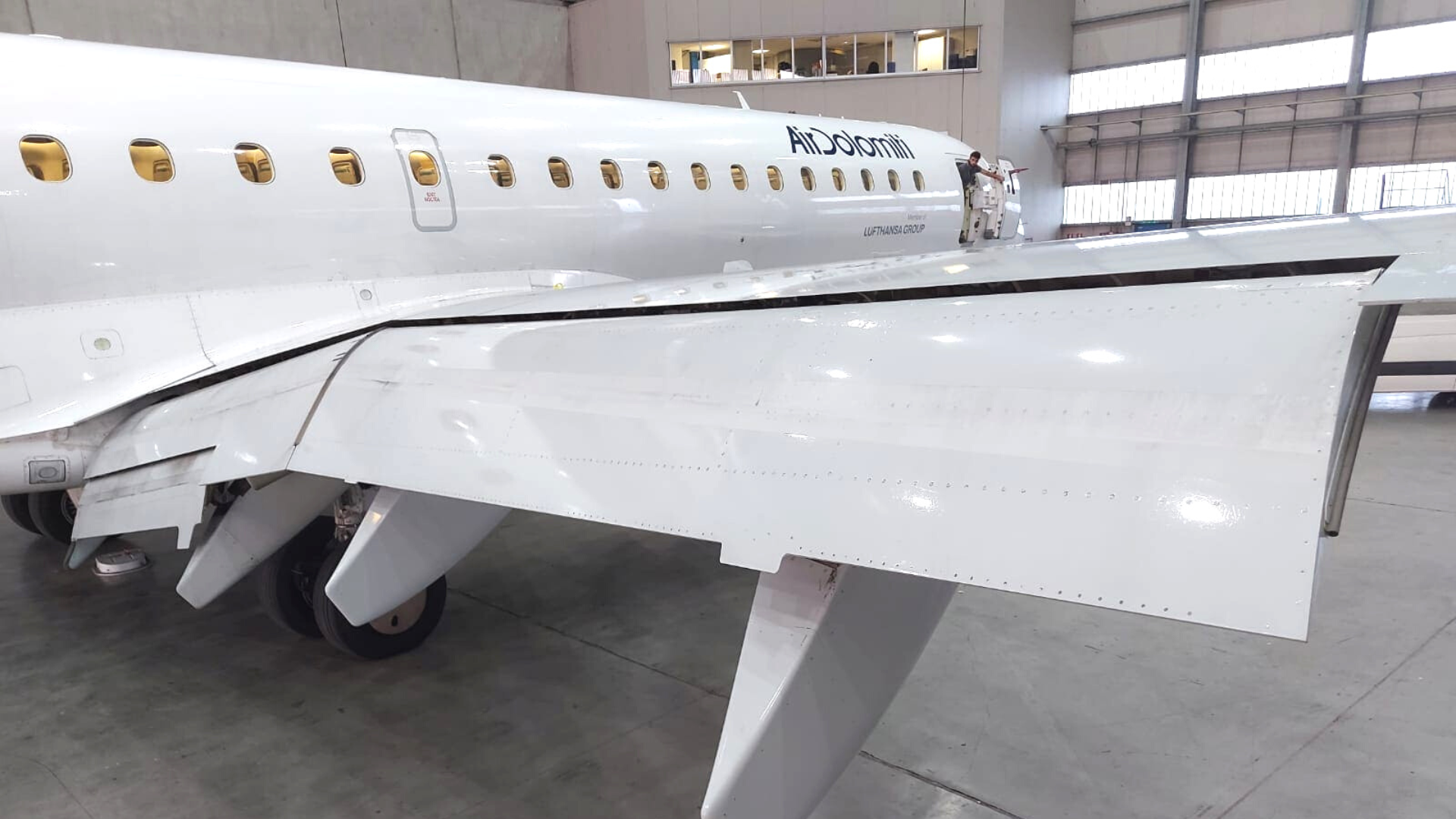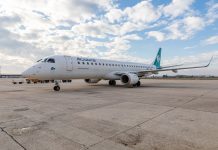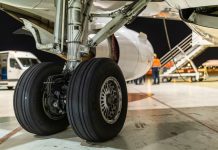#AvGeek friends, keeping you satisfied is no easy task!
Your questions make us tackle increasingly detailed topics and explain how all the components in our beloved aeroplanes work, even the smallest – but nevertheless important – ones!
Today is all about flaps.
Flaps are the moving parts on the wings of (almost) all aeroplanes.
Like any other moving part of an aeroplane, the flaps are controlled by the cockpit and change their tilt angle depending on the position set by the pilot.
In simple terms, flaps increase the surface of the wings and the curvature of the aerofoils, causing a significant increase in lift and a small increase in aerodynamic drag.
Before exploring how the different types of flaps work, an important distinction has to be made:
——> FLAPS are the wing flaps located on the trailing (rear) edge of the wing of an aeroplane as opposed to the SLATS, which are located on the leading (front) edge. <——
Flap types
- Plain flap – Hinged on the trailing edge of the wing, plain flaps rotate downwards with a maximum extension of 40°/50° during take-off and landing, causing a substantial increase in lift. After take-off, the flap retracts to create the ideal conditions for fast flight.
- Slotted flap – At first glance slotted flaps look similar to plain flaps. However, the flap creates a gap between its trailing edge and the leading edge of the wing, causing an airflow that generates an increase in the lift coefficient.
- Fowler flap – This particular type of flap has an important feature that makes it ideal for particular flight configurations. It can move in two directions: sliding backwards and rotating downwards.
Next time you’re on board an aeroplane, just before take-off and landing, listen out for the mechanical and aerodynamic sliding noise. That’s the flaps getting ready to support the aircraft’s ascent towards the clouds and its descent towards the destination airport.
If you’re a real #AVGeek, you’ll be able to recognise the type of flap now.
See you soon!




